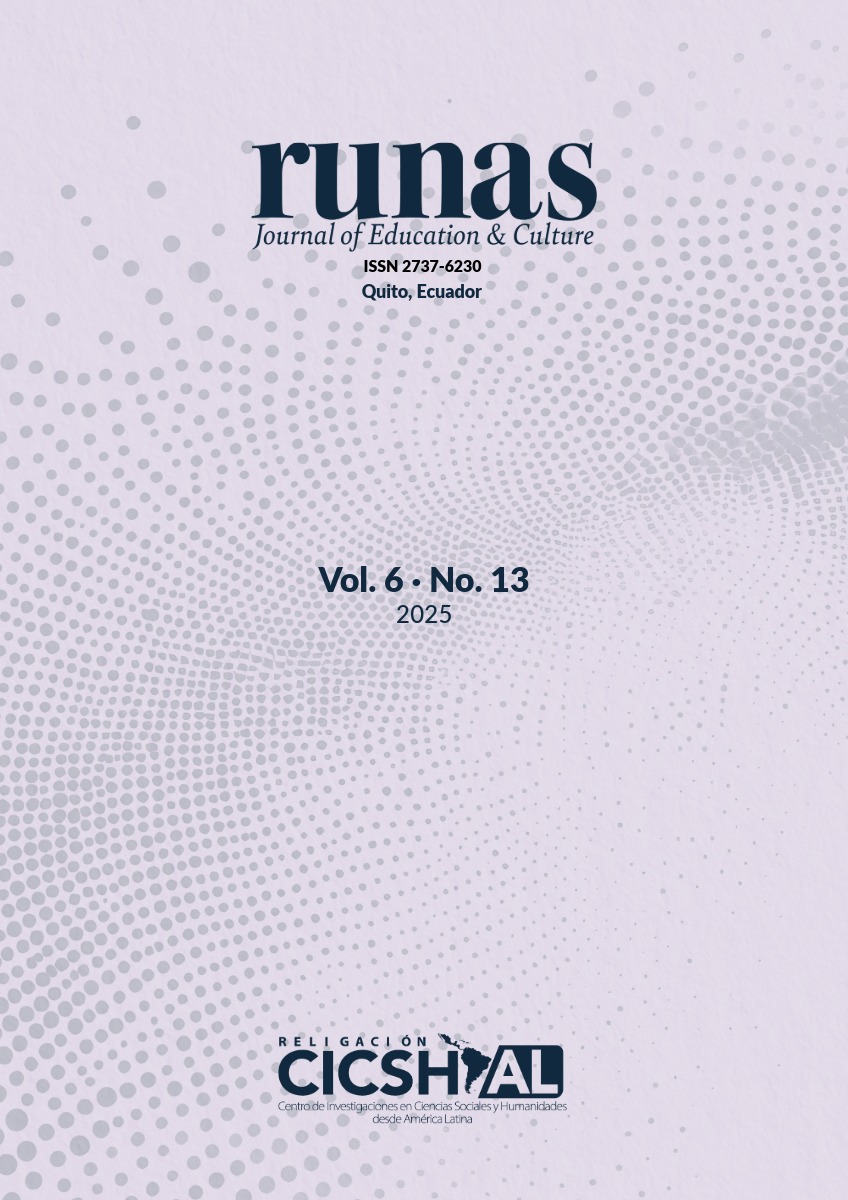Abstract
To ensure a safe experience for visitors, a tourism safety plan was developed for the seven Zapanal waterfalls, located in the Pangua canton. This initiative seeks to prevent and reduce accidents and incidents during tourism activities. For its development, various key actions were carried out, such as fieldwork, direct observation, participatory workshops with local stakeholders, interviews, and surveys, which provided insight into the reality of the destination and the role of each of its stakeholders. Based on this information, strategies were designed to strengthen sustainable tourism in the area. This involves collaboration with the public sector, implementation of safety measures for adventure activities, improved tourist information and guidance, provision of first aid equipment, and a control and monitoring system for tourism services offered by operators and travel agencies.
References
Bonilla, J. (2013). Plan de acción para el Plan Integral de Seguridad Turística de Bogotá. Instituto Distrital de Turismo.
Castro Álvarez, C. E. (2019). Plan de seguridad turística para El Panecillo [Tesis de licenciatura, Universidad Israel].
Consorcio de Gobiernos Provinciales del Ecuador. (2013). Señalética turística en áreas rurales. Graphus.
Díaz, K. (2015). Accesibilidad turística en el recinto La Envidia y su incidencia en el desarrollo turístico sostenible de las Siete Cascadas del Zapanal en el cantón La Maná, provincia de Cotopaxi. Universidad Técnica de Ambato.
Gálvez Izquieta, P. C., Ramírez Iñiguez, K., Pinos Guerra, M., & Mero, D. (2020). Seguridad y turismo: plande seguridad para las zonas turísticas en Manta-Ecuador. Revista Venezolana de Gerencia (RVG), 25(3), 179-194. https://doi.org/10.37960/rvg.v25i3.33361
Gobierno de Navarra. (2013). Manual de señalización turística Navarra. Gobierno de Navarra.
González, P. (2018). Organización del servicio de información turística local (UF0080). Editorial Elearning S.L.
Grünewald, L. (2010). Municipio, turismo y seguridad. OEA.
Guerrero, P., & Ramos, J. R. (2014). Introducción al turismo. Grupo Editorial Patria.
Herrera, L. (2015). Propuesta de adecuación y señalización del sendero turístico en las Cascadas del Zapanal del cantón Pangua, provincia de Cotopaxi. Universidad de Guayaquil.
Martens, J. (2015). Conceptos claves para el análisis de la inseguridad: Mitos y realidades. Serpajpy.
Ministerio de Comercio, Industria y Turismo de Colombia. (2016). Plan estratégico de seguridad turística.
Ministerio de Turismo del Ecuador. (2017). Manual de señalización turística.
Ministerio de Turismo del Ecuador. (2014). Ley de Turismo Ecuatoriana.
Operación Turística de Aventura del Ecuador. (2014). Reglamento de operación turística.
Organización Mundial del Turismo. (2023). Entender el turismo. https://n9.cl/1eerl
Organización Mundial del Turismo. (2001). Código Ético Mundial para el Turismo.
Ormaza, P. (2017). Protocolo de seguridad turística Comuna Playa de Oro. GEF-Satoyama Project.
Plan Integral de Asistencia Turística Ecuador. (2017). Seguridad turística.
Sánchez, V. (2015). Escenarios turísticos e inseguridad en el turismo. Revista Latino-Americana de Turismologia, 14.
Velasco González, M. (2005). ¿Existe la política turística? La acción pública en materia de turismo en España (1951–2004). Política y Sociedad, 42, 169–195.
Zamorano, F. (2012). Turismo alternativo: Servicios turísticos diferenciados. Trillas.

This work is licensed under a Creative Commons Attribution-NonCommercial-NoDerivatives 4.0 International License.
Copyright (c) 2025 Diana Salazar, Lourdes Suntasig, Maricela Pulloquinga, Sulema Lara





